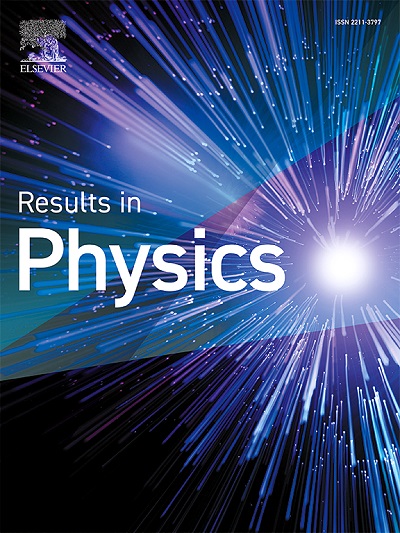Interaction mechanisms between C15 Laves phase clusters and 〈1 1 1〉 dislocation loops in BCC-Fe: An atomistic perspective
IF 4.6
2区 物理与天体物理
Q2 MATERIALS SCIENCE, MULTIDISCIPLINARY
引用次数: 0
Abstract
Small C15 Laves phase clusters are extended interstitial defects that form during collision cascades in body-centered cubic (BCC) iron. Although their stability has been confirmed by ab initio calculations up to a certain size, their interactions with other irradiation-induced defects, such as dislocation loops, remain poorly understood. In this study, we use molecular dynamics (MD) and molecular statics (MS) simulations to investigate the interaction mechanisms between C15 clusters and /2〈1 1 1〉 prismatic dislocation loops in BCC-Fe at elevated temperatures (600–1000 K). By systematically varying the relative size and positioning of these defects, we identify three distinct interaction modes: absorption, repulsion, and confinement. Absorption events lead to a range of outcomes depending on the interaction geometry, including complete merging into 1/2〈1 1 1〉 or 〈1 0 0〉 dislocation loops, or the formation of mixed clusters. Stress field analysis reveals that the nature of these interactions is governed by the overlap of elastic fields, with repulsive or attractive behavior arising from the alignment of tensile and compressive regions. These findings provide new atomistic insights into the role of C15 clusters in microstructural evolution under irradiation and offer valuable input parameters for higher-scale modeling techniques such as object kinetic Monte Carlo (OKMC).
BCC-Fe中C15 Laves相团簇与< 1 1 1 >位错环的相互作用机制:原子观点
小的C15 Laves相团簇是在体心立方(BCC)铁的碰撞级联过程中形成的扩展间隙缺陷。虽然它们的稳定性已经通过从头算得到了一定尺寸的证实,但它们与其他辐射引起的缺陷(如位错环)的相互作用仍然知之甚少。在这项研究中,我们利用分子动力学(MD)和分子静力学(MS)模拟研究了高温(600-1000 K)下BCC-Fe中C15簇与/2 < 1 1 1 >棱柱位错环之间的相互作用机制。通过系统地改变这些缺陷的相对大小和位置,我们确定了三种不同的相互作用模式:吸收、排斥和约束。根据相互作用的几何形状,吸收事件会导致一系列结果,包括完全合并成1/2 < 1 1 1 >或< 1 0 0 >位错环,或形成混合团簇。应力场分析表明,这些相互作用的本质是由弹性场的重叠所控制的,并且由于拉伸和压缩区域的对齐而产生排斥或吸引行为。这些发现为辐照下C15簇在微观结构演化中的作用提供了新的原子视角,并为物体动力学蒙特卡罗(OKMC)等更高尺度建模技术提供了有价值的输入参数。
本文章由计算机程序翻译,如有差异,请以英文原文为准。
求助全文
约1分钟内获得全文
求助全文
来源期刊

Results in Physics
MATERIALS SCIENCE, MULTIDISCIPLINARYPHYSIC-PHYSICS, MULTIDISCIPLINARY
CiteScore
8.70
自引率
9.40%
发文量
754
审稿时长
50 days
期刊介绍:
Results in Physics is an open access journal offering authors the opportunity to publish in all fundamental and interdisciplinary areas of physics, materials science, and applied physics. Papers of a theoretical, computational, and experimental nature are all welcome. Results in Physics accepts papers that are scientifically sound, technically correct and provide valuable new knowledge to the physics community. Topics such as three-dimensional flow and magnetohydrodynamics are not within the scope of Results in Physics.
Results in Physics welcomes three types of papers:
1. Full research papers
2. Microarticles: very short papers, no longer than two pages. They may consist of a single, but well-described piece of information, such as:
- Data and/or a plot plus a description
- Description of a new method or instrumentation
- Negative results
- Concept or design study
3. Letters to the Editor: Letters discussing a recent article published in Results in Physics are welcome. These are objective, constructive, or educational critiques of papers published in Results in Physics. Accepted letters will be sent to the author of the original paper for a response. Each letter and response is published together. Letters should be received within 8 weeks of the article''s publication. They should not exceed 750 words of text and 10 references.
 求助内容:
求助内容: 应助结果提醒方式:
应助结果提醒方式:


